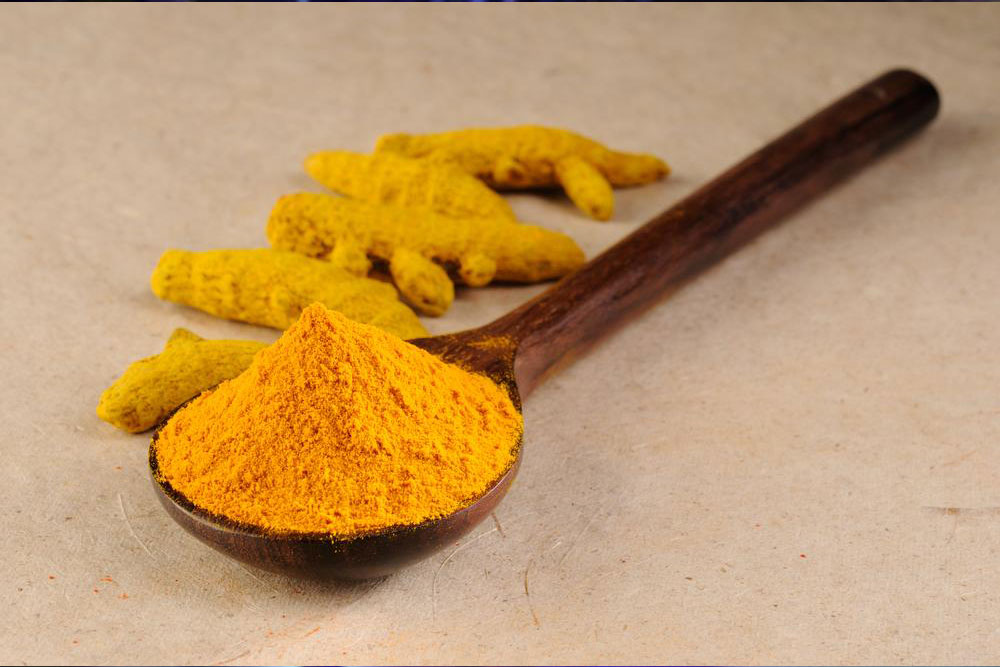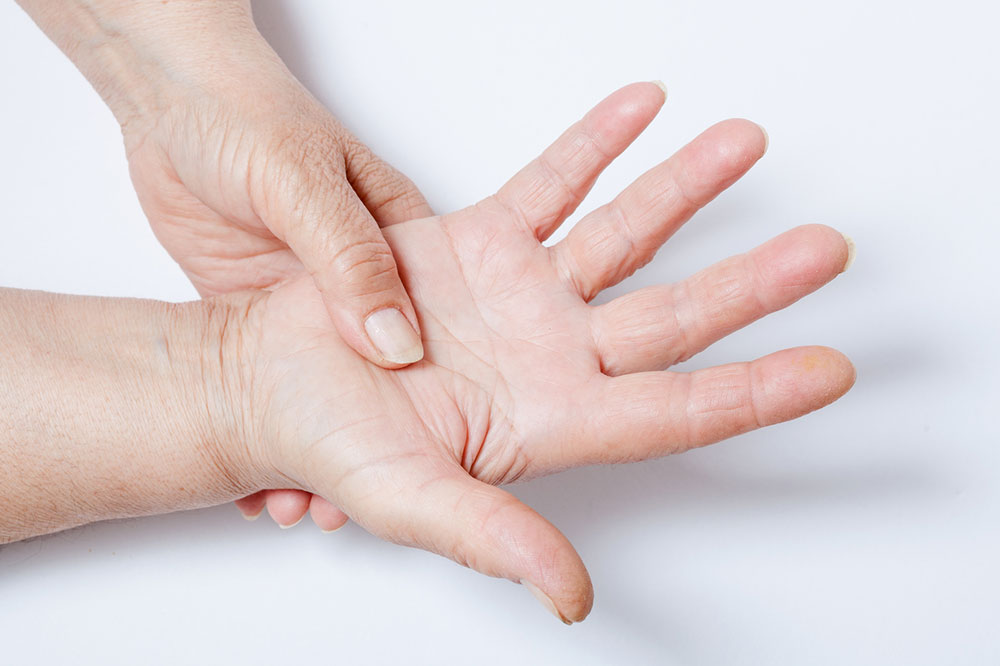Understanding Joint Discomfort: Causes, Symptoms, and Management
This article provides a comprehensive overview of joint discomfort, including causes, symptoms, and treatment strategies. It emphasizes the importance of early diagnosis, medication options, dietary adjustments, and when to seek professional medical help. Ideal for individuals experiencing joint pain, it offers practical advice to improve joint health and manage discomfort effectively.

Understanding Joint Discomfort: Causes, Symptoms, and Management
Joints connect bones, enabling us to move freely. When joints experience pain or injury, movement becomes difficult. This article explores common causes of joint discomfort, including various diseases, and discusses effective treatment options.
About one-third of adults report experiencing joint pain within a month, affecting areas like hands, feet, ankles, or knees. Managing this discomfort often involves medications, physical therapy, and exercises.
If you notice joint pain, consulting a healthcare professional is essential for accurate diagnosis and treatment. The main goal is to reduce pain and inflammation.
Types of Joint Discomfort
Identifying the type of joint pain helps in formulating effective treatment plans. Here are some common types:
Some major types include:
Arthritis
Arthritis involves joint inflammation. Osteoarthritis, common in overweight individuals, results from excessive stress on joints weakening them over time.
Gout
Gout occurs due to metabolic imbalances, leading to painful joint swelling.
Recognizing Symptoms of Joint Pain
Knowing the signs can aid in early intervention. Common symptoms include:
Redness around joints
Limping or difficulty walking
Weakness in legs and knees
Stiffness in bones
Swelling in joints
Tenderness in knees and other joints
Limited movement or imbalance
Severe pain in shoulders, neck, or ankles
Managing Joint Pain
Effective treatment aims to restore joint function and alleviate discomfort. Options include:
Medication
Over-the-counter anti-inflammatory drugs like ibuprofen or aspirin can reduce moderate pain. Consult your doctor before use.
Topical Treatments
Substances like capsaicin found in chili peppers can relieve pain by blocking pain signals. Expect a stinging sensation upon application.
Injections
For persistent or severe pain, corticosteroid injections can reduce inflammation and fluid buildup in joints, lasting several months depending on severity.
Dietary Approaches for Joint Relief
Incorporate omega-3-rich foods like salmon and trout, along with proteins such as eggs, chicken, and beans. Limit intake of red meat and dairy, which may worsen symptoms. Vitamin C-rich fruits like strawberries and kiwi support joint health, while calcium-rich foods like orange juice bolster bone strength.










